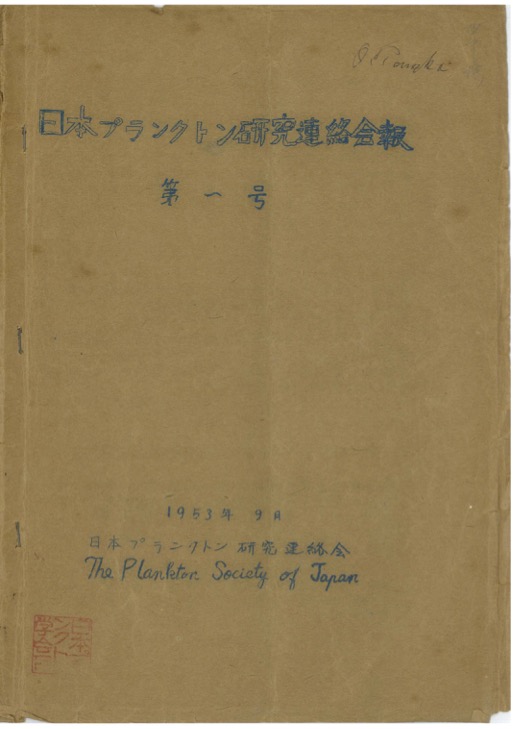The transplantation of non-native fish in Lake Ashinoko began at the end of the 19th century, many of which are now being used for commercial and recreational fishing. Lake Ashinoko is a famous tourist destination that attracts many visitors. Rapid civilian developments of 1960s on the shores resulted in eutrophication, frequent occurrence of blue-green algae, and red tides. A public sewage system, put into service in 1985, increased the transparency of the lake by improving its water quality. Changes were reported in planktonic flora and fauna owing to those in water quality post the establishment of sewer services, but little is known about the plankton community. This study examined the seasonal changes in the community structure and biomass of rotifers and crustacean plankton in Lake Ashinoko from February 2019 to January 2020. The results obtained were compared with those from 1980–81 to evaluate the effects of changes in water quality on plankton biomass and composition. Total zooplankton biomass was found to be minimum in February 2019 (0.97 g DW m-2), increasing gradually, reaching a maximum in May 2019 (6.92 g DW m-2), followed by a gradual decrease to a minimum in December 2019 (1.76 g DW m-2). Rotifers accounted for more than 20% of the total zooplankton biomass in April 2019 and January 2020, whereas crustaceans accounted for more than 90% of the total biomass during the rest of the year. The biomass of both, rotifers and crustaceans, was the highest in the upper layers (0, 5, and 10 m depths) and decreased with increasing depths from the middle (15, 20, and 25 m) to the lower layers (30 and 35 m). As for rotifers, Kellicottia longispina and Polyarthra vulgaris were dominant for most months in all the layers, except Asplanchna priodonta, which appeared sporadically. Ploesoma truncatum was the most abundant species. Among the crustacean community, Daphnia galeata was predominant in the upper layers, from March to September, for all months, accounting for 70–90% of the total crustacean biomass. Cyclops visinus dominated the lower layers throughout the year, except August and September, accounting for more than 70% of the total crustacean biomass. Bosmina longirostris, a small species, increased in winter and accounted for 30–40% of the total crustacean biomass. In 1980–81, Bosmina and rotifers made up a high percentage of the planktonic community. Later, as the eutrophication of the lake water was eliminated (especially with the decrease in nitrate, nitrite, and ammonium nitrogen) and the occurrence of blue-green algae was suppressed with the establishment of sewage service, larger species such as Daphnia and copepods flourished. Given that large numbers of planktivorous fish, Japanese smelt (Hypomesus nipponensis), were released into Lake Ashinoko, larger zooplanktons were expected to be preyed upon by them, reducing the latter’s rate of occurrence. However, fish-eating fish species (mainly rainbow trout, Oncorhynchus mykiss and brown trout, Salmo trutta) were also released in significant numbers each year. Predation of these fishes on Japanese smelt in turn alleviated the predation pressure of Japanese smelt on larger zooplanktons, generating a potential to maintain a higher proportion of larger zooplanktons throughout the year.
View full abstract
